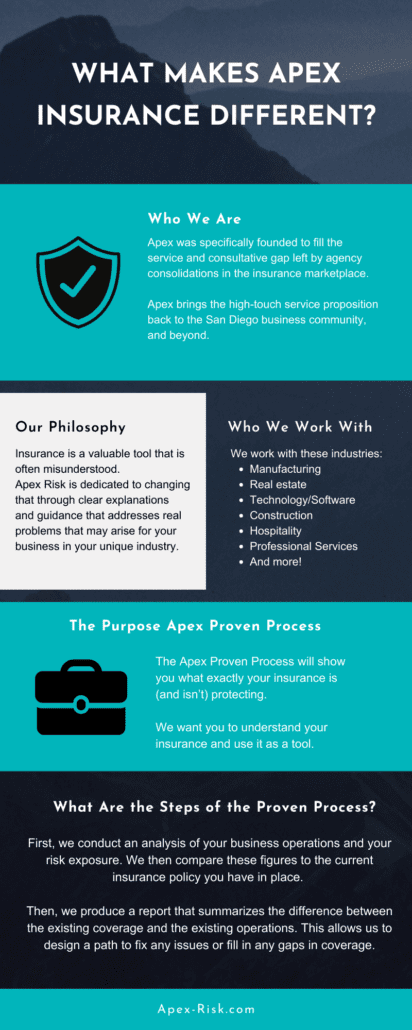Pacific Prime Fundamentals Explained
Table of ContentsThe Buzz on Pacific PrimeFascination About Pacific PrimeTop Guidelines Of Pacific PrimeSome Known Questions About Pacific Prime.7 Simple Techniques For Pacific Prime

This is since the information were gathered for a period of solid financial efficiency. Of the approximated 42 million individuals that were without insurance, just about concerning 420,000 (about 1 percent) were under 65 years old, the age at which most Americans come to be qualified for Medicare; 32 million were grownups between ages 18 and 65, around 19 percent of all grownups in this age; and 10 million were children under 18 years old, concerning 13.9 percent of all children (Mills, 2000).
These estimates of the variety of individuals without insurance are generated from the annual March Supplement to the Existing Populace Study (CPS), conducted by the Census Bureau. Unless or else kept in mind, nationwide estimates of people without wellness insurance coverage and percentages of the populace with various sort of coverage are based on the CPS, the most commonly utilized source of price quotes of insurance coverage and uninsurance prices.
Pacific Prime - Truths

Still, the CPS is specifically valuable since it generates yearly quotes fairly rapidly, reporting the previous year's insurance protection approximates each September, and since it is the basis for a consistent set of price quotes for greater than 20 years, permitting evaluation of patterns in protection in time. For these factors, along with the considerable use the CPS in other studies of insurance policy protection that exist in this report, we count on CPS price quotes, with restrictions kept in mind.

The quote of the number of without insurance people increases when a populace's insurance coverage status is tracked for numerous years. Over a three-year period starting early in 1993, 72 million people, 29 percent of the united state population, lacked protection for a minimum of one month. Within a single year (1994 ), 53 million people experienced at least a month without protection (Bennefield, 1998a)
Six out of every 10 uninsured adults are themselves employed. Although functioning does boost the chance that and one's relative will have insurance policy, it is not a my response guarantee. Even participants of households with 2 permanent breadwinner have almost a one-in-ten possibility of being without insurance (9.1 percent without insurance price) (Hoffman and Pohl, 2000).
The smart Trick of Pacific Prime That Nobody is Talking About
New immigrants represent a considerable proportion of people without health insurance coverage. One evaluation has actually attributed a considerable part of the current development in the size of the U.S. uninsured populace to immigrants who arrived in the country between 1994 and 1998 (Camarota and Edwards, 2000). Current immigrants (those that involved the United States within the past four years) do have a high rate of being uninsured (46 percent), however they and their kids represent simply 6 percent of those without insurance policy across the country (Holahan et al., 2001).
The relationship between medical insurance and access to care is well established, as documented later in this chapter. Although the connection between health and wellness insurance policy and wellness end results is neither straight neither straightforward, a comprehensive scientific and health and wellness services research study literature links health and wellness insurance coverage to enhanced access to care, far better quality, and enhanced personal and populace health and wellness condition.
Levels of evaluation for taking a look at the impacts of uninsurance. It concentrates particularly on those without any type of health insurance policy for any size of time.
The Single Strategy To Use For Pacific Prime
The troubles faced by the underinsured are in some respects similar to those dealt with by the uninsured, although they are typically less serious. group insurance plans. Uninsurance and underinsurance, however, involve definitely different policy concerns, and the approaches for resolving them might differ. Throughout this study and the five records to comply with, the primary focus is on individuals without any medical insurance and thus no assistance in spending for healthcare beyond what is available via charity and safety and security web organizations
Medical insurance is an effective aspect affecting invoice of treatment because both patients and medical professionals respond to the out-of-pocket rate of solutions - https://www.pubpub.org/user/freddy-smith-2. Health and wellness insurance coverage, nevertheless, is neither required nor sufficient to get to clinical solutions. Nevertheless, the independent and direct effect of medical insurance protection on access to health solutions is well established.
Others will get the healthcare they require also without health insurance policy, by paying for it expense or seeking it from suppliers who use care cost-free or at extremely subsidized prices. For still others, medical insurance alone does not make sure receipt of treatment due to various other nonfinancial obstacles, such as a lack of healthcare carriers in their community, minimal accessibility to transportation, illiteracy, or etymological and social differences.
The 10-Second Trick For Pacific Prime
Formal research about without insurance populations in the United States dates to the late 1920s and early 1930s when the Board on the Expense of Healthcare generated a collection of records concerning funding physician office brows through and hospitalizations. This issue became salient as the numbers of medically indigent climbed during the Great Depression.